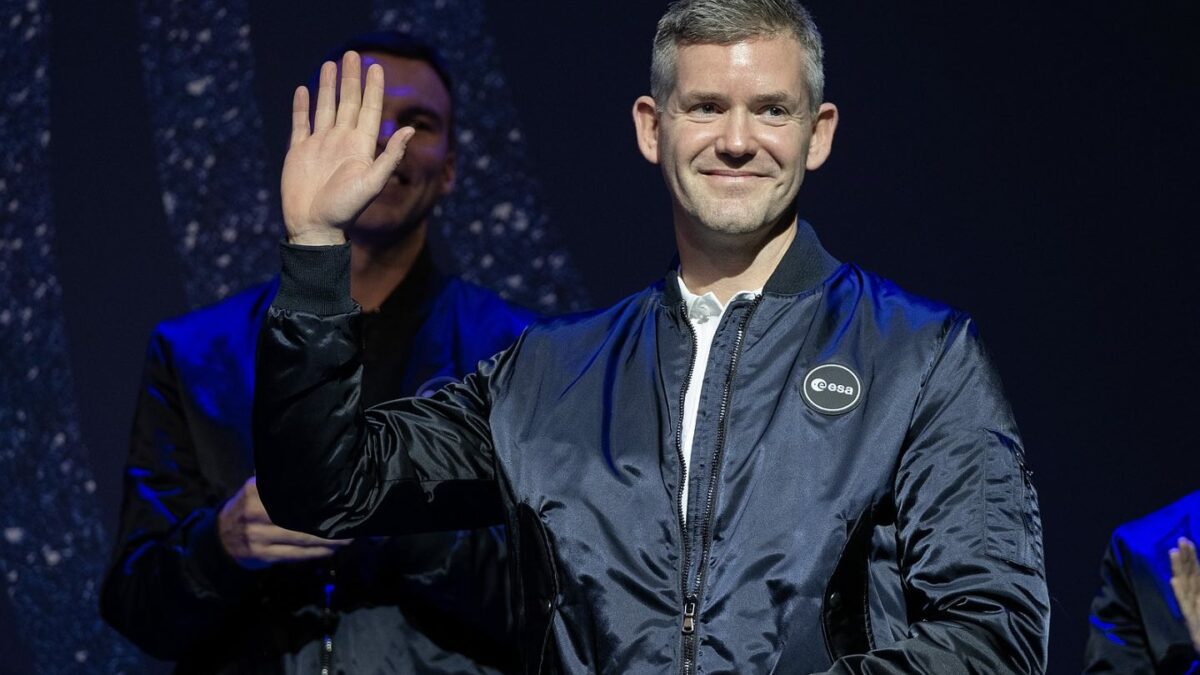This Paralympic blade runner is headed to space
John McFall, a former Paralympic world champion sprinter, is now the world's first "parastronaut"
 Photo by:
Flickr/Sebastiaan ter Burg
Photo by:
Flickr/Sebastiaan ter Burg
John McFall, a former professional Paralympic sprinter, has teamed up with the European Space Agency to test the possibility of someone with a physical disability to live and work in space. McFall, who is from the U.K., is in the midst of rigorous astronaut training at the European Astronaut Centre in Cologne, Germany, to assess his capabilities in challenging spaceflight conditions, the BBC reports.
McFall, now 43, lost the lower part of his right leg in a motorcycle accident when he was 19. He re-learned how to run using a prosthetic leg, and became a professional Paralympic athlete in 2005. McFall went on to take bronze in the 100m in the 2008 Paralympic Games, and in 2007 was ranked first in the world for the 200m, and second for the 100m.
McFall says running continues to be an important part of his life, especially in his space-bound pursuits. To maintain muscle mass and bone density, astronauts need to be extremely fit. For McFall, that means running on an anti-gravity treadmill. The treadmill mimics the weightless conditions that astronauts experience at the International Space Station (ISS) by lifting and the user in a pocket of air and making them lighter.
McFall says his blade doesn’t work as well on the treadmill, which lightens him to 80 per cent of his body weight. Normally, McFall’s body weight pushes his blade into the ground and compresses, rebounding back up to propel him forward with a natural spring.
McFall anticipates needing more than one prosthetic leg on the ISS. In 2023, he experienced weightlessness for the first time on a parabolic flight, but he discovered that his day-to-day, hi-tech, microprocessor prosthetic leg needed to be recalibrated.
“There would be a prosthesis for running, a backup for the microprocessor prosthesis, and then there’s the mechanical one, which will probably need to be worn inside the spacesuit for launch and return,” he told the BBC. “I’ll need a bit of a wardrobe of prosthetic hardware.”
The collaboration between McFall and ESA represents a pioneering effort to expand opportunities for individuals with physical disabilities in space exploration. Through his project, McFall aims to demonstrate to others that disability is not a barrier to fulfilling roles in space missions. “I like to think that it will broaden their horizons and their knowledge of what someone with a physical disability is capable of,” he says.


